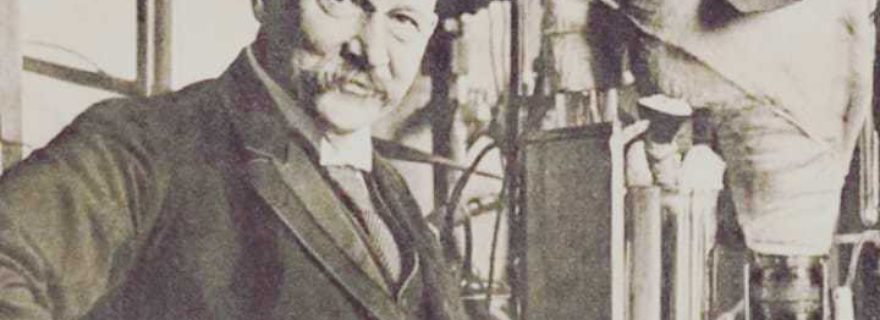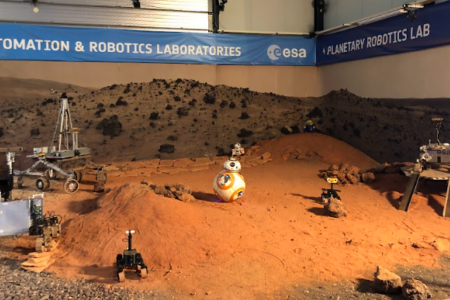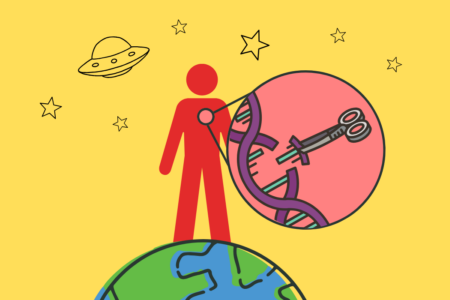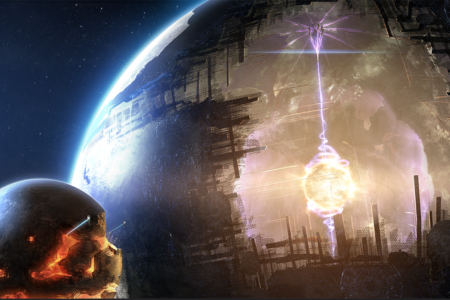Heike Kamerlingh Onnes and the coldest place on Earth
You know it: the Kamerlingh Onnes building. But do you know the man behind the building?
It is a hot Sunday evening when one of my housemates and I are walking through the streets of Leiden to enjoy the last rays of sun of that day. Our walk takes us, like many inhabitants of Leiden that evening, through the Van der Werff-park. On the opposite side of the water we can see the Kamerlingh Onnes Building, amongst students better known as KOG (after the Dutch word for building: gebouw). “Hey, do you actually know what it is that Kamerlingh Onnes received the Nobel prize for?”, I ask my housemate. “Oh, I’m not really sure”, she says not very confidently, “probably for Peace, since it’s the Law Faculty.” I was definitely not expecting a meticulous answer on the achievements of Kamerlingh Onnes, but this response surprised me a bit as well. Although the KOG is now indeed being used by the Law Faculty, it was originally named after the physicist Heike Kamerlingh Onnes. So it’s time to write an article about this man and his work, especially for anyone that ever walks or cycles along the KOG, or maybe even studies there, and would like to know what he did to deserve the honour of a building in his name.
Let’s start at the beginning: on the 21’st of September, 1853, Heike Kamerlingh Onnes was born in Groningen, a city in the North of The Netherlands. That’s also the city where, in 1870, he started his university education in the direction of mathematics, physics and chemistry. The University of Groningen was having a hard time during those days: student numbers were dropping and its budget was small compared to that of the Universities of Leiden and Utrecht. For this reason Kamerlingh Onnes also spent some time as a student at the Ruprecht-Karls-University in Heidelberg. He nevertheless returned to Groningen soon, where he graduated and promoted in 1879.
In 1882 Heike Kamerlingh Onnes was appointed a professor position in physics at Leiden University. During his inaugural speech he introduced his motto, which can still be read on his bust in front of the KOG: ‘Knowledge through measurement’. This statement indicates how much Kamerlingh Onnes values experimental research, something which would play an important role throughout his entire career.
In the building we now know as the KOG, Kamerlingh Onnes focused on so-called cryogenic research: research on and at very low temperatures. That way he hoped to prove the theorems of Van der Waals, on liquids and gases. Kamerlingh Onnes wasn’t the only physicist in his days who tried to achieve extremely low temperatures in order to turn gases into liquids. In 1908 he was the first one to succeed in liquefying Helium. For that he made use of the Joule-Thompson effect, which describes how the temperature of a gas changes when it’s compressed or when it expands. Only in 1923 would others also succeed in getting liquid helium, so for a couple of years the coldest place on earth could be found in a laboratory in the city centre of Leiden.
After Kamerlingh Onnes succeeded in liquifying helium, he could investigate physical phenomena at such extraordinarily low temperatures. It was already known that the electrical resistance of metals decreases with decreasing temperatures. But what would happen to the resistance if the temperature got to absolute zero? There was no agreement yet on the answer to that question. Absolute zero, 0 Kelvin or -273,15 oC, is the temperature at which molecules and atoms stop moving. With is equipment Kamerlingh Onnes was able to reach temperatures of just above this absolute zero temperature. By an extensive and systematic research on the metals mercury, lead and tin, he came to conclusion some years after he first created liquid helium: if the temperature decreases to a absolute zero, the electrical resistance of these metals vanishes. This phenomenon he called supraconductivity, later renamed to superconductivity.
Because a superconductor has no electrical resistance, a current in it can persist even when there is no external voltage source. And since a closed circuit induces a magnetic field, a superconductor allows it to generate a permanent magnetic field. That is neither simple nor cheap: the system needs to be cooled down constantly, often making use of liquid helium. It is however very useful: applications of superconductors are present in for example particle accelerators, but also in the MRI-scanners that are found in hospitals. Cryogenic temperatures and superconductivity are therefore still active fields of research, both in Leiden and in the rest of the world.
For his contribution to research on the properties of matter at extremely low temperatures, Heike Kamerlingh Onnes received the Physics Nobel prize in 1913. In 1932, 6 years after his death, the building he performed his research in was named the Kamerlingh Onnes Laboratory. The physics laboratory in Leiden’s biosciencepark still carries this name. The original laboratory is no longer in use and by now the Law Faculty has taken up its residence there. However, the name of the building and the bust in front of it still remind of the important Leiden physicist that over a hundred years ago performed his experiments there.
Do you want to know more? De instruments Heike Kamerlingh Onnes used to liquefy helium and for his other cryogenic research are on display in museum Boerhaave in Leiden. Furthermore, Dirk van Delft has written the book ‘Freezing Physics: Heike Kamerlingh Onnes and the Quest for Cold’, in which his life and work are extensively described.






0 Comments
Add a comment